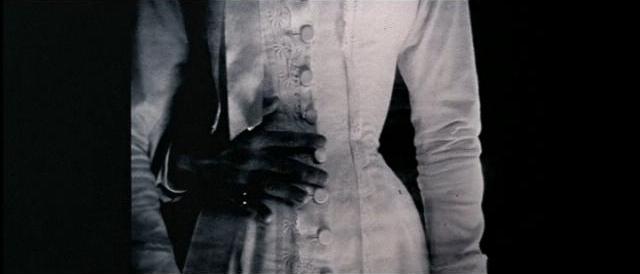
 |
| Photo © 1996 PolyGram Filmed Entertainment/Gramercy Pictures |
| Academy Award Nominations: | |
| Best Supporting Actress: Barbara Hershey | |
| Best Costume Design: Janet Patterson | |
| Golden Globe Nominations: | |
| Best Supporting Actress: Barbara Hershey | |
| Other Awards: | |
| Los Angeles Film Critics Association: Best Supporting Actress (Hershey); Best Production Design (Janet Patterson; tie) | |
| National Society of Film Critics: Best Supporting Actress (Hershey); Best Supporting Actor (Donovan; tie) | |
| Permalink | Home | 1996 | ABC | Blog |